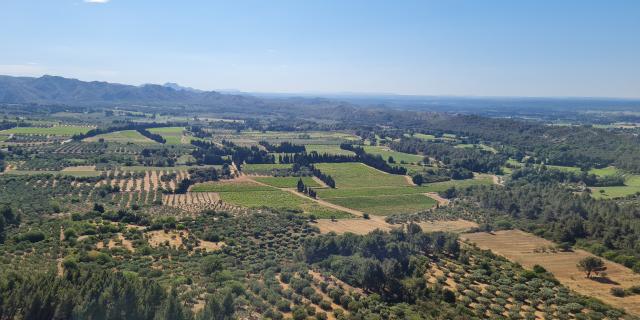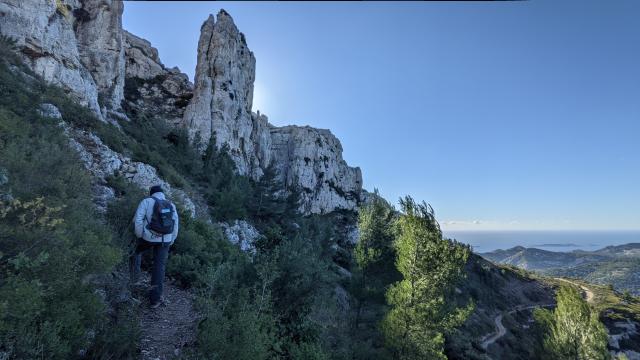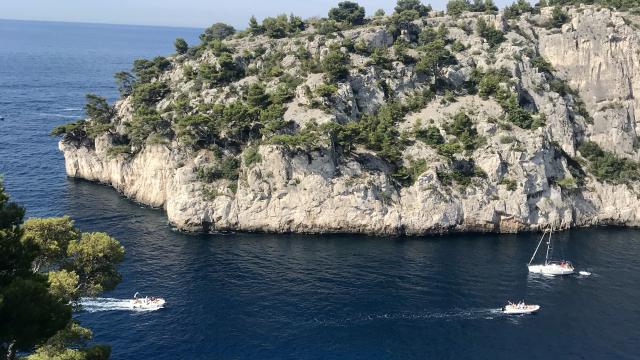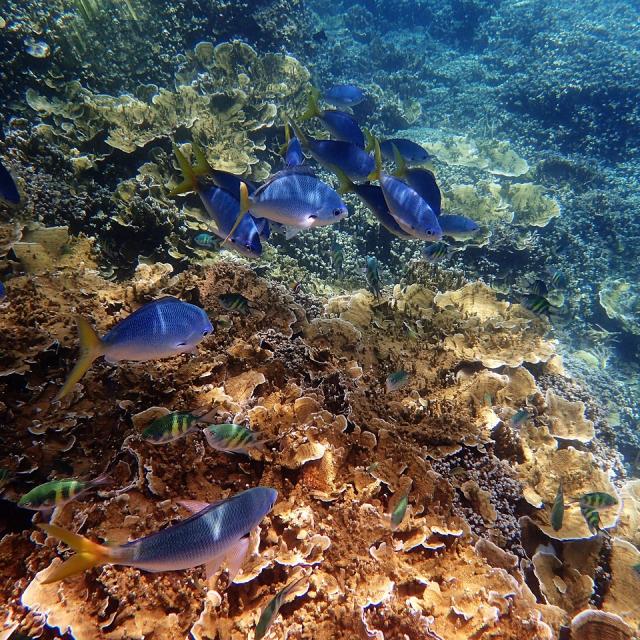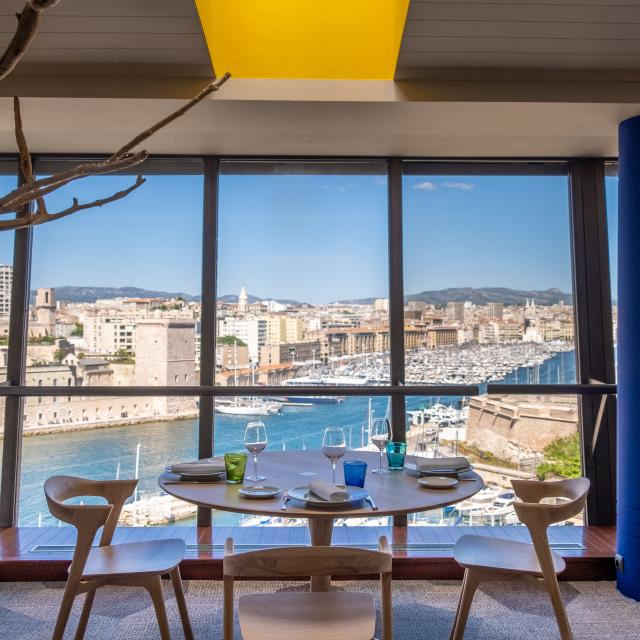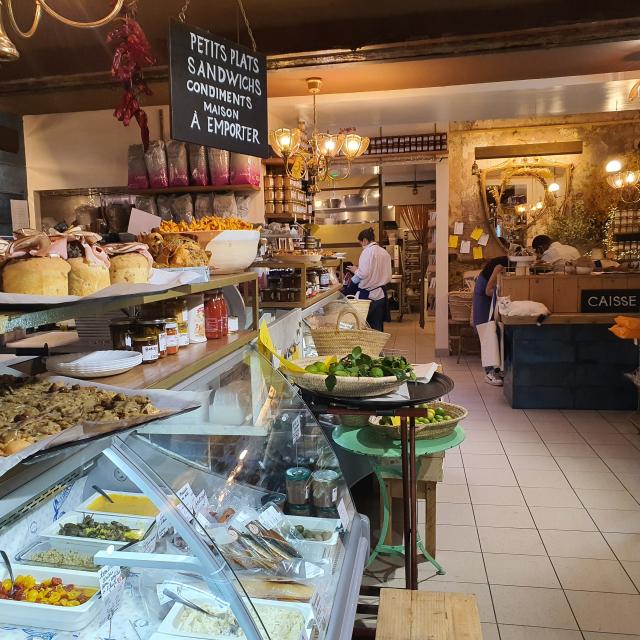Sustainable tourism
Definition
Sustainable tourism is defined by the World Tourism Organisation as ‘tourism that takes full account of its current and future economic, social and environmental impacts, by meeting the needs of visitors, environmental professionals and host communities’. It is not a practice, but an approach that aims to respect the environment and drastically reduce the gas emissions caused by mass tourism. Based on the principles of sustainable development – economic, social and environmental – it takes several forms: ecotourism, which focuses on ecology and nature; solidarity and ethical tourism, which focuses on social issues and aims to create a relationship between tourists and local populations; and slow tourism, which aims to take the time to visit a destination while immersing oneself in its surroundings. The aim is to offer travellers a holiday in the best possible conditions, respecting the environment and allowing local populations to benefit from the economic and social advantages of regional tourism.
Sustainable tourism issues and actions in the PACA region
As part of its sustainable tourism strategy, the PACA region has set up a regional tourism and leisure development plan. The aim is to maintain the region’s reputation and appeal in all its diversity, encourage the professionalisation of the tourism industry, support investment and innovation, and promote the organisation of tourist flows and a responsible economy for preserved destinations and structured industries. It also supports tourist establishments in their efforts to acquire sustainable tourism labels and certifications such as Clef Verte, Green Globe or Écolabel.
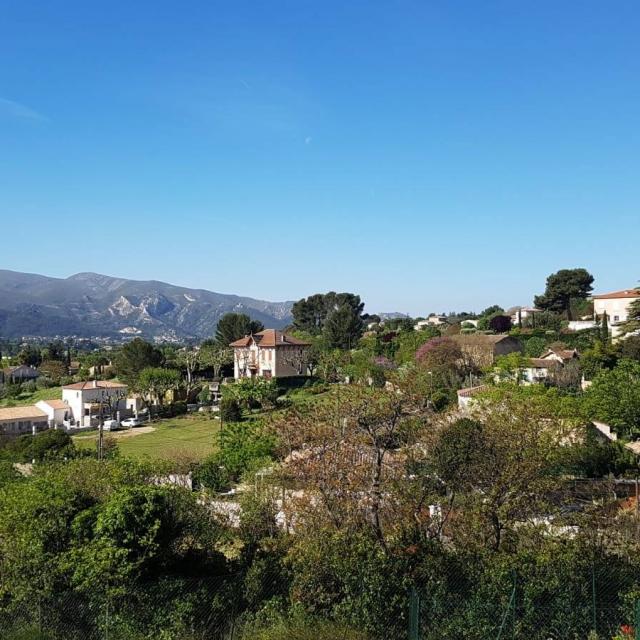
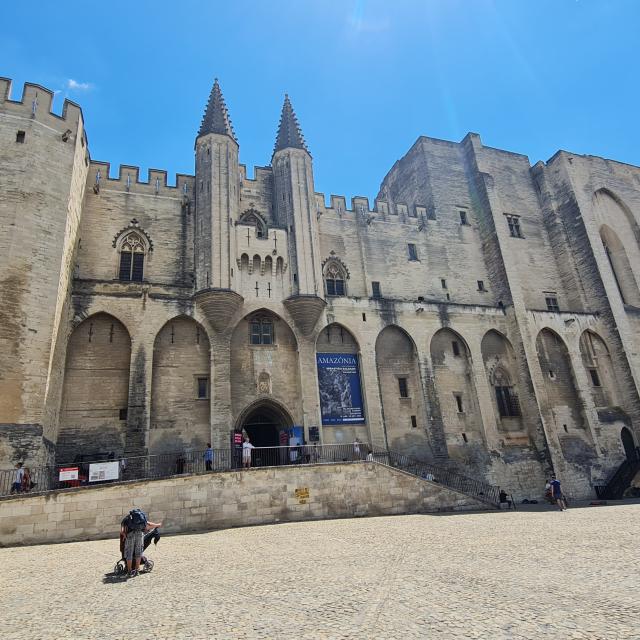
Visiting the PACA region
Choosing your destination
Located in the south of the country, the PACA region is one of the most beautiful in France. The region is made up of 6 départements: Alpes-de-Haute-Provence, Hautes-Alpes, Alpes-Maritimes, Bouches-du-Rhône, Var and Vaucluse, offering a wide range of destinations.
Dotted with charming little villages, Provence lulls travellers to sleep with the song of the cicadas and the scent of lavender fields in a breathtaking landscape. A land of history and heritage, it boasts some not-to-be-missed sites, from the Palais des Papes in Avignon to the Basilique Notre-Dame de la Garde in Marseille and the Arènes d’Arles.
At the water’s edge, the Côte d’Azur sets the pace for visiting tourists with its sunshine and blue waters. Between the beaches of Toulon and the colourful village of Menton, don’t miss the Promenade des Anglais in Nice.
Between mountains and valleys, the Alps are the ideal place for nature lovers. Skiing, hiking and canyoning are all great ways to discover the Alpine environment. To immerse yourself in the local culture, we recommend sampling local specialities in some of the charming restaurants.
